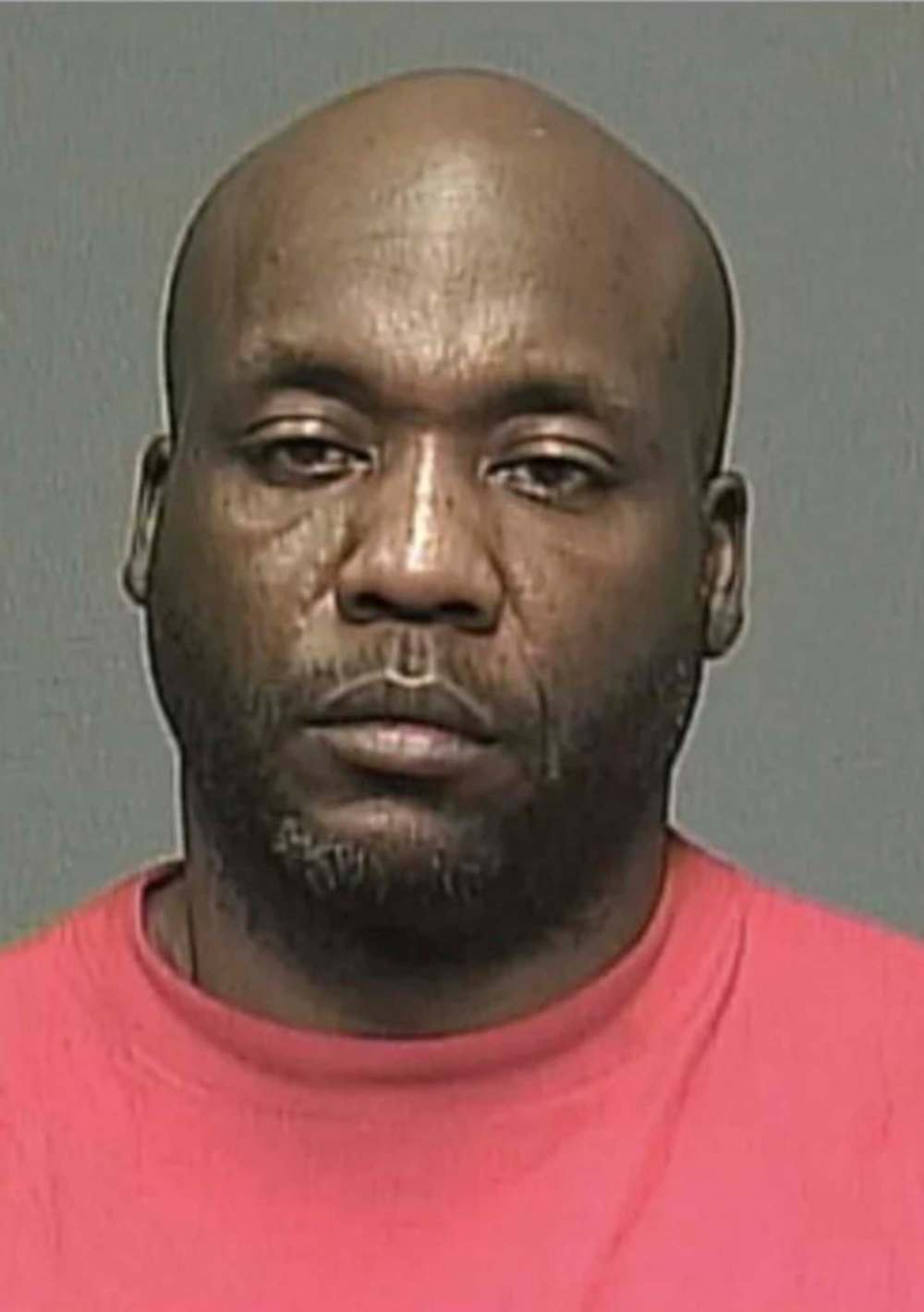Collusion likely from women living with accused killer, defence lawyer argues
Read this article for free:
or
Already have an account? Log in here »
To continue reading, please subscribe:
Monthly Digital Subscription
$0 for the first 4 weeks*
- Enjoy unlimited reading on winnipegfreepress.com
- Read the E-Edition, our digital replica newspaper
- Access News Break, our award-winning app
- Play interactive puzzles
*No charge for 4 weeks then price increases to the regular rate of $19.00 plus GST every four weeks. Offer available to new and qualified returning subscribers only. Cancel any time.
Monthly Digital Subscription
$4.75/week*
- Enjoy unlimited reading on winnipegfreepress.com
- Read the E-Edition, our digital replica newspaper
- Access News Break, our award-winning app
- Play interactive puzzles
*Billed as $19 plus GST every four weeks. Cancel any time.
To continue reading, please subscribe:
Add Free Press access to your Brandon Sun subscription for only an additional
$1 for the first 4 weeks*
*Your next subscription payment will increase by $1.00 and you will be charged $16.99 plus GST for four weeks. After four weeks, your payment will increase to $23.99 plus GST every four weeks.
Read unlimited articles for free today:
or
Already have an account? Log in here »
Hey there, time traveller!
This article was published 28/05/2019 (2387 days ago), so information in it may no longer be current.
The jury that will decide whether a 46-year-old man is guilty of killing his 42-year-old girlfriend and ordering the disposal of her body in a barrel outside a suburban Winnipeg home has been urged to be suspicious about the testimonies of several women who said the accused killer was responsible.
Perez Cleveland has pleaded not guilty to first-degree murder in the August 2016 death of Jennifer Barrett.

Cleveland’s defence lawyer, Steven Brennan, argued the jury should have reasonable doubt about Cleveland’s guilt. He suggested one of the women who testified could have been responsible for the assaults Barrett suffered, and urged jurors to think carefully about what they’ve been told over the course of the Court of Queen’s Bench trial.
“This case boils down to how much faith, trust and confidence you have in these three women, principal witnesses… what can you make of their evidence?” he asked jurors during his final arguments.
“Collusion certainly appears likely.”
Barrett, a former nurse, was one of five women who was in an open relationship with Cleveland and living with him in a two-storey home at 38 Forest Lake Dr., in Waverley Heights, along with his adult daughter. Barrett’s body was discovered in a steel barrel beside the house on Dec. 1, 2016, after Cleveland and the women had already abandoned the property.
Crown prosecutors called to the witness stand four other women who were in the house when Barrett died. All of them offered “eerily similar” testimony detailing the control, abuse and violent torture Cleveland inflicted upon them, Crown prosecutor Breta Passler told jurors during her closing arguments Tuesday.

She argued Cleveland is guilty of first-degree murder because he “physically and psychologically” confined Barrett to the home, beat her for days in the basement and then ordered two of the women to clean up the crime scene and get rid of Barrett’s body.
His motive was jealousy because Cleveland believed Barrett was cheating on him even though it wouldn’t have been possible for her to have an affair while she was under Cleveland’s control, Passler told jurors.
An autopsy couldn’t determine how Barrett died, but one of the women, Jessica Reid, testified she was in the basement when Cleveland was beating Barrett behind a curtain. Reid said she saw Barrett’s final moments alive, tried to give her CPR and saw Cleveland use a Taser on her in an effort to revive her.
“We say that even if the body of Jennifer Barrett had never been discovered, the evidence you heard is sufficient to prove murder,” Passler told the jury.
The defence’s argument that it could have been one of Cleveland’s other victims who killed Barrett “makes no sense,” Passler argued. Instead, in his rage, Cleveland “simply did not care whether she died or not.”
“We say those beatings were not accidental,” Passler said. “Her death could not have been unexpected.”
The defence argued it could have been Reid, not Cleveland, who killed Barrett. Brennan didn’t suggest Reid should have been charged with murder, but said jurors should have a reasonable doubt about Cleveland’s guilt.

“You may suspect, fairly, I think, that he’s not a nice person. There may be some truth to the allegations that he may be controlling, or that he may be abusive, but that does not mean he murdered Jennifer Barrett,” Brennan told jurors.
If the jury believes Cleveland was involved in Barrett’s death, Brennan argued, “I say this is no more than an unintentional killing.” Cleveland could be convicted of manslaughter if the jury believes he killed Barrett by accident, he said.
Barrett had known Cleveland for several years and they had a child together. Three years before she died, while she was living with Cleveland and the other women in B.C., Barrett signed a handwritten contract that referred to her as a “submissive” and to Cleveland as her “master.”
Chief Justice Glenn Joyal is set to give jurors legal instructions Wednesday afternoon before their deliberations begin.
katie.may@freepress.mb.ca

Katie May is a general-assignment reporter for the Free Press.
Our newsroom depends on a growing audience of readers to power our journalism. If you are not a paid reader, please consider becoming a subscriber.
Our newsroom depends on its audience of readers to power our journalism. Thank you for your support.















